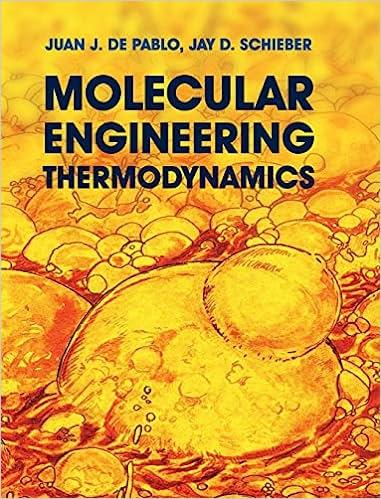Answered step by step
Verified Expert Solution
Question
1 Approved Answer
Citric acid is one of our most versatile organic acids and is used as an acidulant in carbonated beverages, jams, jellies, and other foodstuffs. Another
Citric acid is one of our most versatile organic acids and is used as an acidulant in carbonated beverages, jams, jellies, and other foodstuffs. Another large outlet is in the medicinal field, including the manufacture of citrates and effervescent salts. Industrially, citric acid is used as an ionsequestering agent buffer and in the form of acetyl tributyl citrate, as a plasticizer for vinyl resins. Except for small amounts produced from citrusfruit wastes, citric acid is manufactured by aerobic fermentation of crude sugar or corn sugar by a strain of Aspergillus niger.
Citric acid is produced from the fermentation of molasses a concentrated mixture of carbohydrates in the presence of oxygen, according to the following reaction:
sucrose
citric acid
The fresh feed to the reactor contains sucrose, water, oxygen, and mole inerts. The reactor outlet passes to a crystallizer that removes all the produced citric acid and water none of the other reactants The latter substances are recycled joining the stream that feeds the reactor To avoid buildup of the inerts in the system, a purge stream is withdrawn from the recycle.
The stream that feeds the reactor contains mole mole mole and mole inerts. The singlepass conversion of citric acid is Calculate the molar flow rates and molar compositions of the fresh feed, the total feed to the reactor, the recycle stream, and the purge stream for a citric acid production rate of

Step by Step Solution
There are 3 Steps involved in it
Step: 1

Get Instant Access to Expert-Tailored Solutions
See step-by-step solutions with expert insights and AI powered tools for academic success
Step: 2

Step: 3

Ace Your Homework with AI
Get the answers you need in no time with our AI-driven, step-by-step assistance
Get Started


